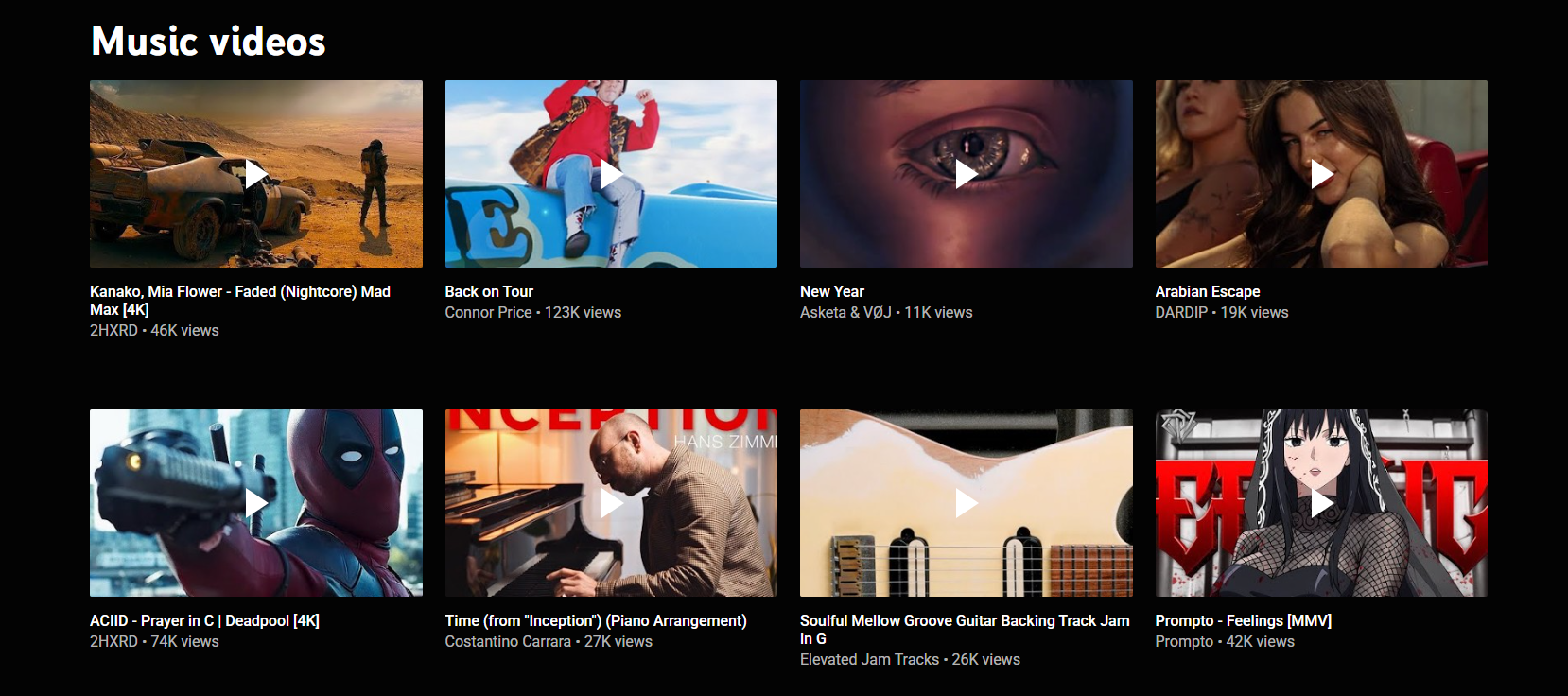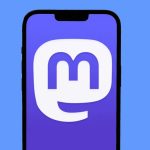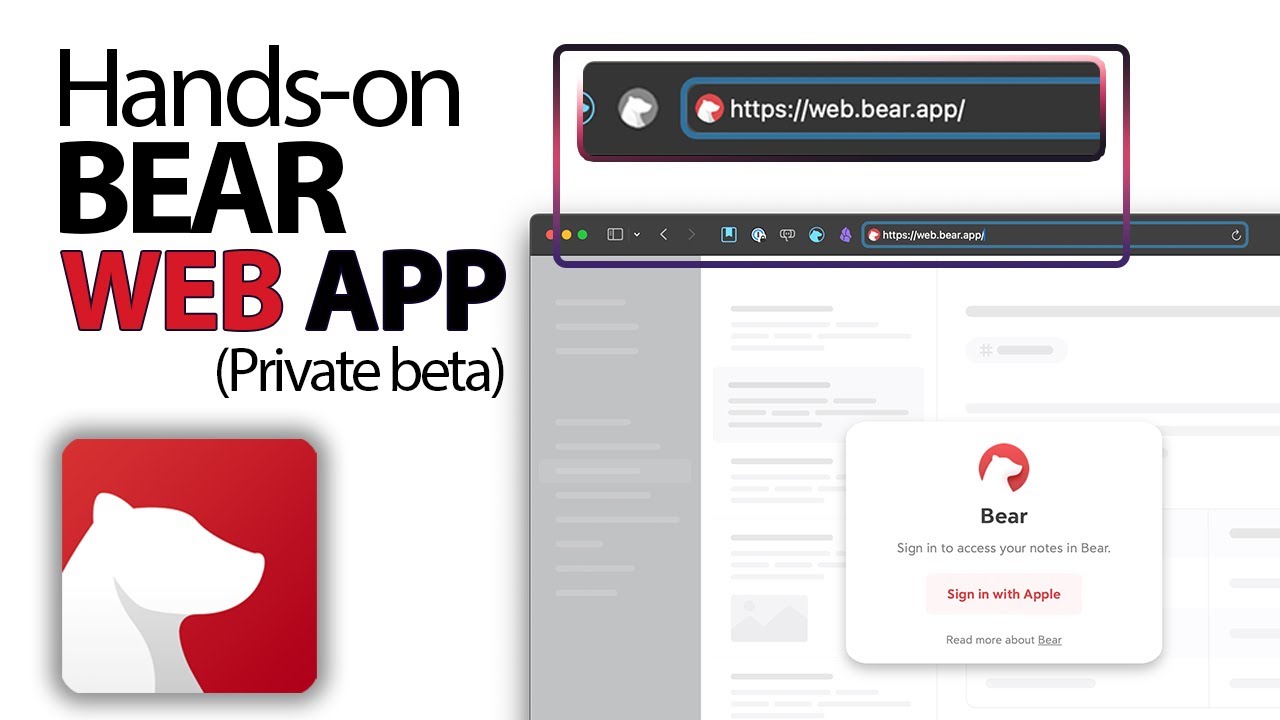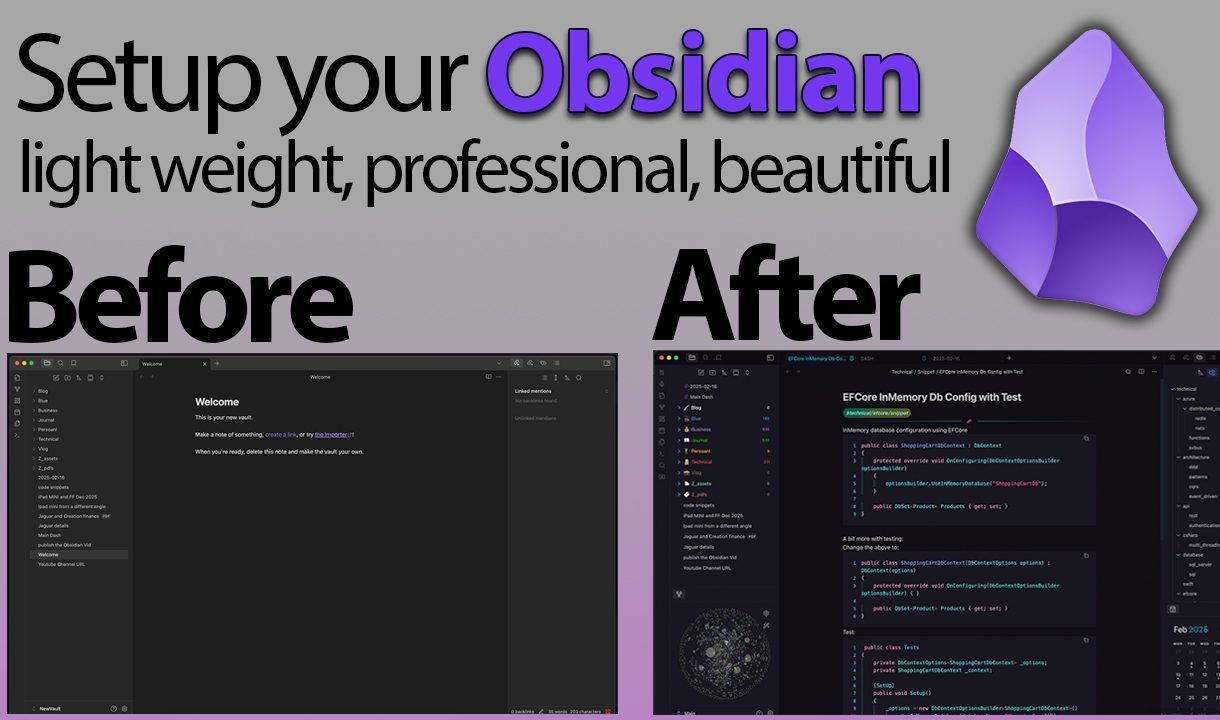In an age dominated by digital media, the concept of a library has transcended physical shelves and transformed into an array of files, documents, e-books, and multimedia stored on various devices. Managing this digital library effectively is crucial for productivity, ease of access, and maintaining a sense of order in the digital realm. Whether you’re a student, professional, or simply an avid reader, organizing your digital library can streamline your workflow and enhance your overall digital experience. Here’s a comprehensive guide on how to do just that:
1. Establish a Clear Folder Structure:
Creating a logical hierarchy for your digital library is the first step towards effective organization. Start by defining broad categories such as “Books,” “Articles,” “Documents,” “Images,” “Music,” and “Videos.” Within each category, create subfolders based on specific genres, topics, or projects. For example, within the “Books” folder, you might have subfolders like “Fiction,” “Non-Fiction,” “Science Fiction,” etc.
2. Develop a Consistent Naming Convention:
Consistency is key when it comes to naming your files. Adopt a naming convention that makes it easy to identify files at a glance. Include relevant details such as the title, author, date, and edition (if applicable). For instance, a file named “Title_Author_Date” can quickly convey essential information about its content.
3. Utilize Metadata:
Most digital files come with built-in metadata fields that provide additional information about the content. Take advantage of these fields to add tags, descriptions, authors, dates, and other relevant details. This metadata can significantly enhance searchability and organization within your digital library.
4. Embrace Tagging and Keywording:
Tags and keywords offer a flexible way to organize and categorize digital content beyond folder structures. Assign descriptive tags to files based on their subject matter, themes, keywords, or any other relevant criteria. This allows for cross-referencing and easier retrieval of files, especially when dealing with a large and diverse collection.
5. Leverage Digital Library Management Software:
Several software tools and applications are specifically designed to manage digital libraries effectively. Platforms like Calibre for e-books, Zotero for academic research, or Plex for multimedia content offer features for cataloging, organizing, and accessing digital assets seamlessly. Explore these options to find the one that best suits your needs and preferences.
6. Regularly Weed and Update Your Library:
Just like a physical library, your digital collection requires periodic maintenance to ensure its relevance and efficiency. Regularly review and weed out outdated, duplicate, or irrelevant files. Keep your library up-to-date by adding new acquisitions and removing obsolete content. This practice helps prevent clutter and ensures that your digital library remains a valuable resource over time.
7. Backup Your Digital Library:
Protect your digital library from potential loss or corruption by implementing a robust backup strategy. Invest in reliable cloud storage solutions or external hard drives to create backup copies of your entire library. Automate backups whenever possible to ensure that your data is continuously protected against unforeseen events like hardware failures or data breaches.
8. Stay Organized Across Devices:
If you access your digital library from multiple devices, synchronize your organization system across all platforms. Use cloud storage services or synchronization features within library management software to ensure that updates and changes made on one device reflect consistently across all your devices. This synchronization eliminates inconsistencies and ensures a seamless user experience regardless of the device you’re using.
Conclusion:
Organizing a digital library may seem daunting at first, but with the right strategies and tools, it can become a manageable and rewarding endeavor. By establishing a clear structure, utilizing metadata, embracing tagging, leveraging dedicated software, maintaining regular upkeep, backing up your data, and staying organized across devices, you can create a digital library that enhances your productivity, creativity, and enjoyment of digital content. Start implementing these practices today, and watch as your digital library transforms into a well-organized repository of knowledge and inspiration.






